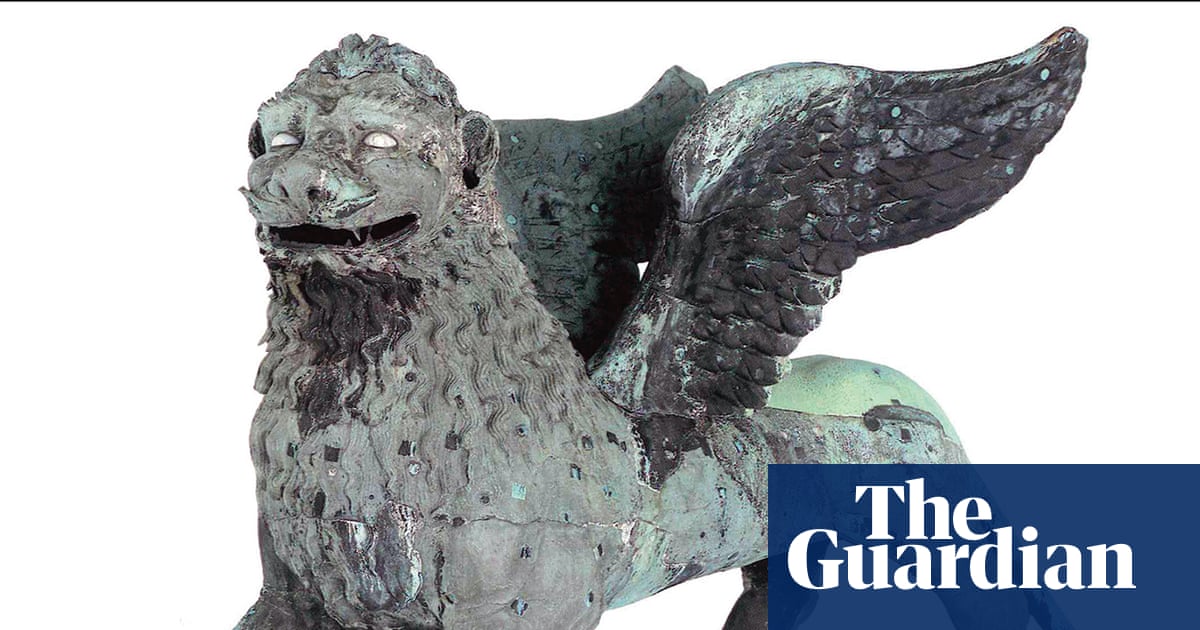
"The great bronze statue of a winged lion perched atop one of two granite columns in Venice's St Mark's Square has watched over the city for centuries. But Italian scientists have now found evidence to suggest the iconic statue was at least in part made in China, and possibly ended up in Venice via the Silk Road after being brought back by the father and uncle of the merchant and explorer Marco Polo."
"Advanced lead isotope analysis on samples of the lion showed that the copper used in its production originated from the lower Yangtze area in south-eastern China. Lead isotopes provide a reliable means to link metals to their original ore deposits, the scientists wrote. The research also suggests that the lion shares similarities with the kind of statue that might have guarded a tomb during the Tang Empire, which ruled China from AD 618 to 907."
Lead isotope analysis shows the copper used in the winged lion originated in the lower Yangtze River basin of southeastern China. The isotopic signature links the metal to Yangtze-area ore deposits. Visual examination indicates former horns and shortened ears, features consistent with Tang dynasty zhenmushou tomb guardians. The statue may have travelled west along Silk Road routes and could have been encountered by Niccolo and Maffeo Polo at the Mongol court in Khanbaliq. Once in Venice, the figure was altered—horns removed and features adapted—to resemble the winged lion emblem of St Mark used across the Republic.
Read at www.theguardian.com
Unable to calculate read time
Collection
[
|
...
]